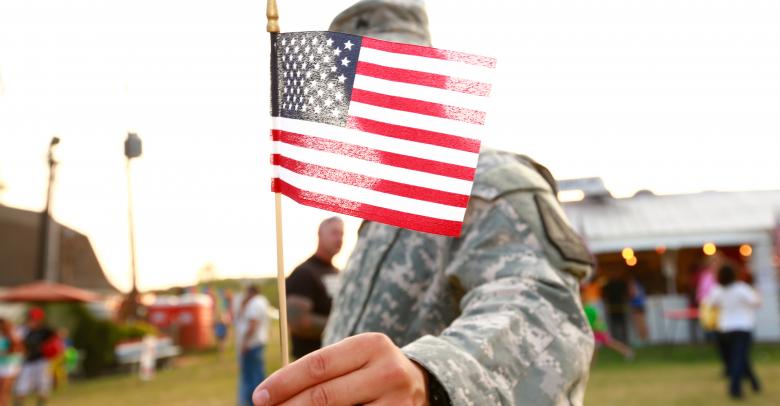Ancestry Appreciation Day is September 27; help your students delve into family history while learning cultural appreciation, research skills, and communication skills. These five simple projects let your students explore their family history and culture without breaking your classroom budget or taking too much preparation and planning time.
Family Tree Charts
For younger students, ancestry research may simply start with learning more about their families. Many elementary school students don’t know who their ancestors were beyond their grandparents or immediate family. Family tree charts can be an excellent way to explore family history simply. You can use premade family tree charts or allow students to create their own using colorful markers and even pictures of family members brought from home. To extend this project, ask students to write a short paragraph or few sentences about each family member. This can be a short biography or a few sentences about that person’s favorite things or a favorite memory.
Family Timelines
Particularly for families that have come to the United States in recent history, a family timeline can be a wonderful way for children to explore their ancestry. Children can use pictures from home or from research to timeline track important events in their family history. This project is more suitable for older students, as more involved research is required. On a large piece of paper or in a PowerPoint presentation, students can showcase the important events in their family from the births of new siblings, to moving to new locations, to special family holidays.
Cultural Fair Day
For teachers with multi-cultural classrooms, a cultural fair is a great way for students to share more about their family history and culture. Students first conduct research into their culture, focusing on elements that can be presented and shared. Examples may include talking about language, food, family history, or details about their home country of origin. Students then put together a presentation or display about the culture and students can share in their classmates history during the fair day. One favorite activity is the sharing of a family recipe with classmates. Cultural fairs let students get a taste of other students’ history while placing value on a student’s culture and family life.
Bring a Relative to Class
While this may take a little more preparation on the part of the teacher, students may enjoy a bring a relative to class day. Students often enjoy guest speakers, and students with an older relative may be able to bring some fascinating history and perspective into your classroom. Be sure to follow your school rules for visitors.
Interview an Ancestor
Particularly with digital technology, recording the stories of our ancestors is easier than ever. Encourage students to spend time with a family member and learn more about their ancestry by interviewing a family member, ideally an older generation such as a grandparent. Students can gain practice in generating questions, using communication skills, and presenting by sharing what they learned from their ancestor interview.






Leave a Reply